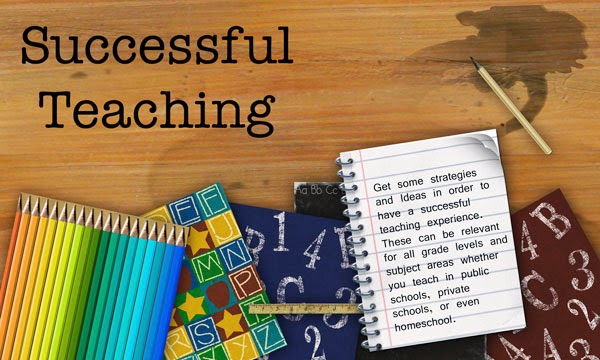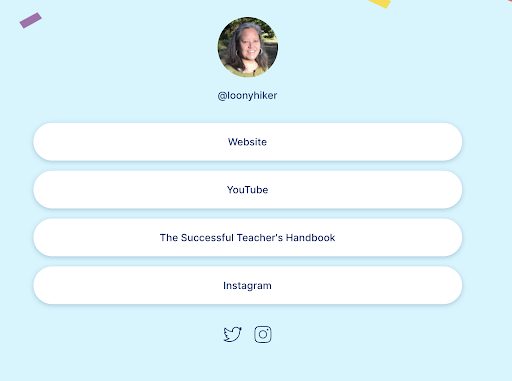Note: Each resource is labeled with a level and subject area to make it easier to use.
Levels: E: Elementary; M: Middle; H: High; G: General, all levels; SN: Special Needs; T: Teachers
Subject Areas: LA: Language Arts, English, Reading, Writing; M: Math; S: Science; Health; SS: Social Studies, Current Events; FA: Fine Arts; Music, Art, Drama; FL: Foreign Language; PE: Physical Ed; C: Career; A: All
Virtual National Park Bingo - “National parks are full of interesting and unique experiences, but it's also possible to stay connected to the sights, sounds, and recreational activities that parks offer from anywhere. Challenge yourself or others to a game of Virtual National Park Bingo using park websites, social media, and your own home and neighborhood.” (L:G;SA:LA,SS)
Chronicling America - “Search America's historic newspaper pages from 1777-1963 or use the U.S. Newspaper Directory to find information about American newspapers published between 1690-present.” (L:G;SA:A)
ThatPart - “thatpart is the new way for you to share and save your favourite clips from podcasts and music!” (L:T;SA:A)
This tool will help improve your critical thinking - “Explore the technique known as the Socratic Method, which uses questions to examine a person’s values, principles, and beliefs.” (L:T;SA:A)
Recipes for Engagement - “Welcome to the Recipe for Engagement resource site as you peruse the student engagement buffet and sample a collection of strategies just right for cultivating your online course! The goal is for you to walk away with robust "ingredients" that can be implemented immediately to help you become a Master Chef of Student Engagement.” (L:T;SA:A)
Original photo by Pat Hensley























